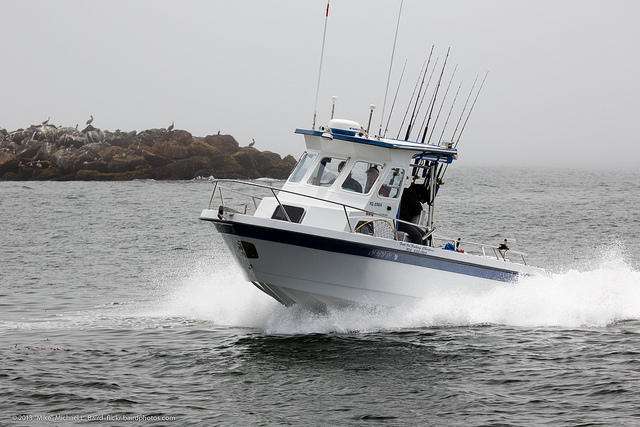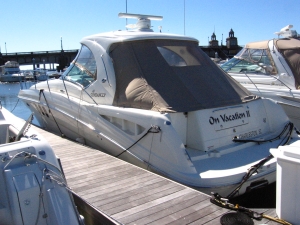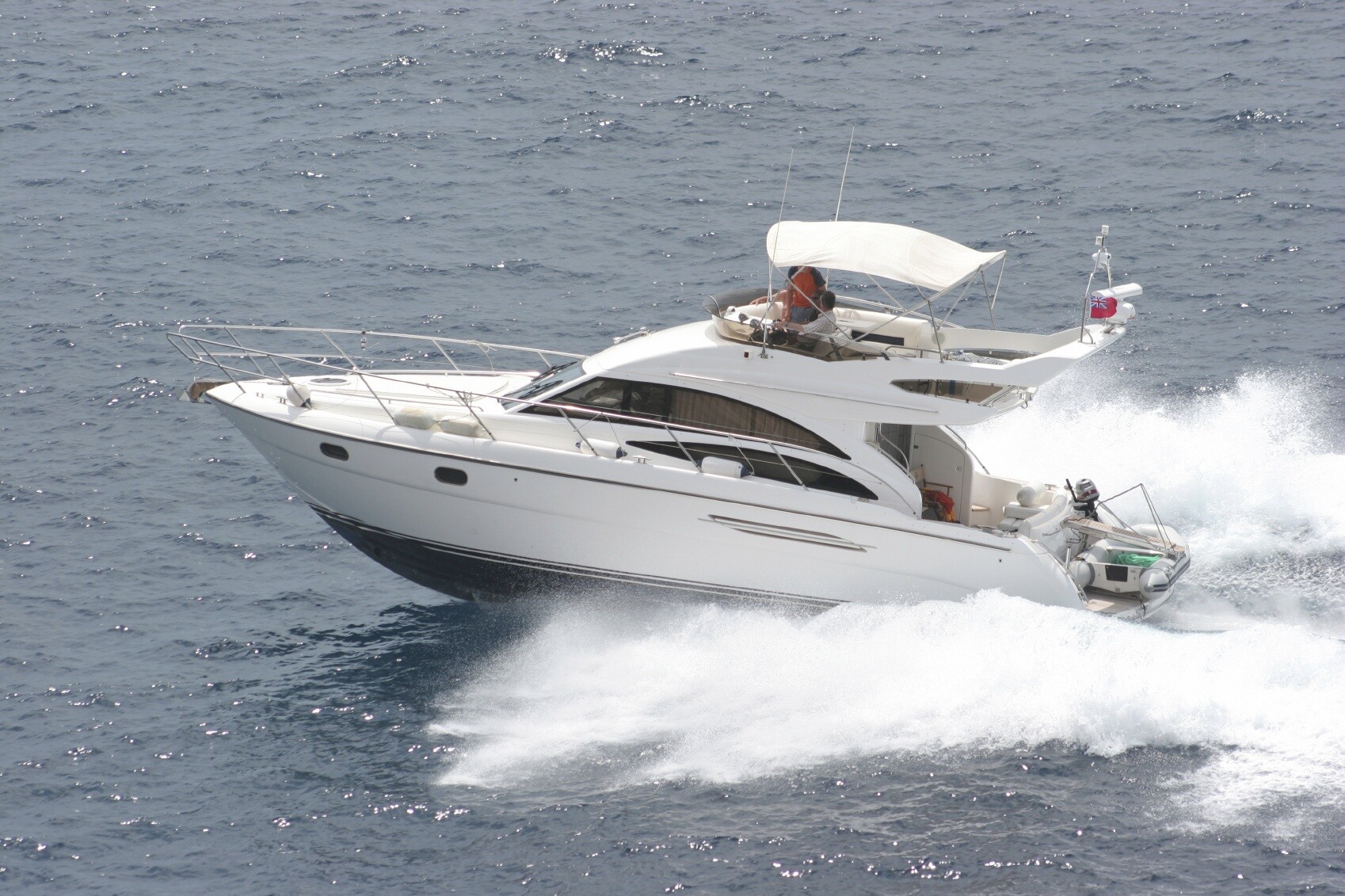Winterizing Boats Part 1: Getting Your Boat Ready For Winter
Labor Day has come and end, signaling the end of summer and the time to start thinking about packing the warm weather toys up for the winter. This...

De-winterizing your boat should take no time at all if you properly prepared it before you stowed it away for the cold weather months.
Even boats that were properly stowed away for the winter need an inspection before putting them on a trailer and heading to the water.
So, kill two birds with one stone: after uncovering the boat give it a thorough cleaning inside and out. While you are cleaning, it is a good time to look over the boat for cracks or gouges in the hull. At the same time, check around for missing rivets.
When you finish sprucing up the interior and exterior, you are ready to complete your de-winterizing checklist.

A thorough check of the engine includes an oil change. Also, inspect the out oil drive making certain that it is clean and ready for you to start the engine. Do not forget to change the oil filter, and adding the right oil additive can keep your engine clean and corrosion free.
Knowledgeable boat owners always drain the cooling system before storing the boat for winter to prevent the coolant line from freezing. Check the hoses for cracks and holes and be sure to empty the strainer.
If everything looks good, refill the system. If you have an outboard engine that uses an impeller cooling system, make sure that the rubber impeller is not cracked.
Check your battery and if needed, top off any fluids. It is best to use distilled water for this task. Using a battery tester, check the amps and volts. Should the battery be incapable of holding a charge it most likely needs replacement. If it is holding a charge, attach the cables after cleaning any corrosion from the battery terminals.
Clean the distributor. In order to do this task, you first remove the distributor cap. During the winter, distributors often corrode. When finished, hook all connections up tightly.
While boat owners drain the cooling system, they fill the fuel tank when winterizing the boat to prevent moisture from forming. Carefully inspect the fuel line for cracks. Freezing temperatures can easily crack these lines. Change the fuel filter if it’s the same one you used last season.
If you did not put an additive in the gas to prevent water contamination and/or fuel separation, drain the gas from the fuel tank, as the gas is probably stale. When you fill the tank, add a quality non-ethanol containing additive to prevent damage from E10 gas.
Worn belts need replacement. To see if your belts need replacement due to wear, press down on them. The “give” should be insignificant. If a belt has a lot of give replace it. Another method for determining wear is looking near pulleys for soot. Soot means worn belts that need replacement.
Check your owner’s manual for any other things you need for completing de-winterizing your boat and putting it into the water.

Labor Day has come and end, signaling the end of summer and the time to start thinking about packing the warm weather toys up for the winter. This...

No matter what kind of boat you own, if you’re like most boat owners you want to squeeze out as much horsepower from it as possible.

Owning a boat is a labor of love. It’s likely to cost a lot more and be much more work to maintain a personal watercraft than to maintain your...